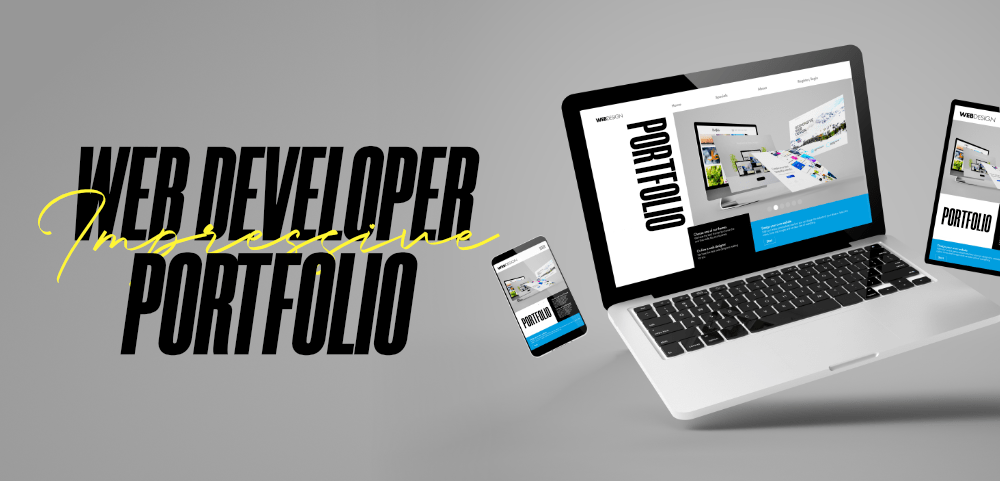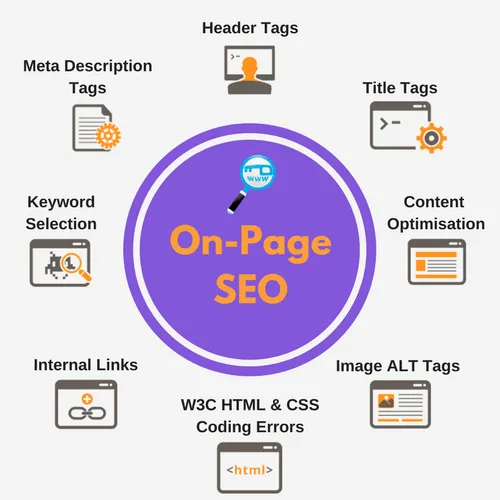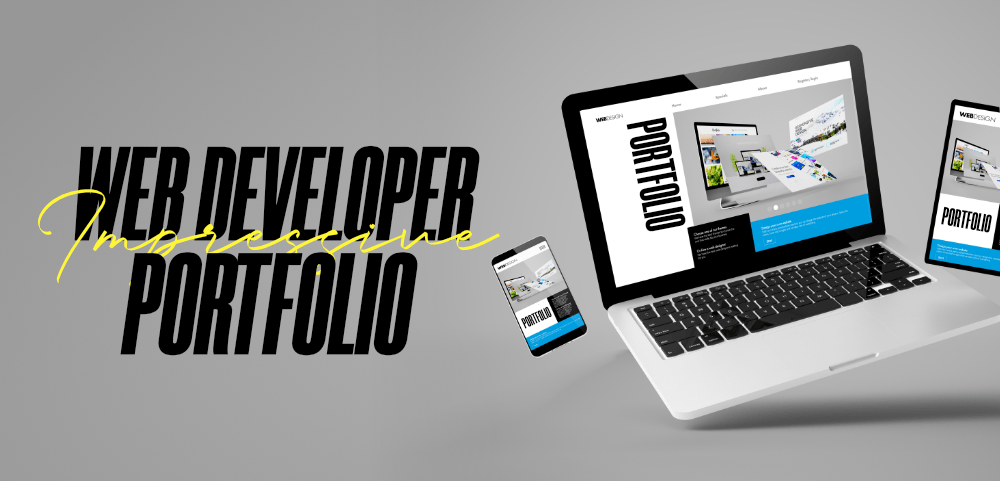Web Development Portfolio: Crafting a Stunning Showcase
In the ever-evolving world of web development, having a strong online presence is crucial. A well-crafted web development portfolio is your gateway to showcasing your skills, attracting potential clients, and advancing your career. In this article, we will delve into the art of creating an impressive web design portfolio that stands out in the digital landscape.

What is a Web Development Portfolio?
A web development portfolio is a curated collection of your best work, demonstrating your proficiency in various aspects of web development. It serves as a visual representation of your skills, experience, and style. Potential clients and employers often refer to your portfolio to assess your capabilities and suitability for their projects.
The Importance of a Web Development Portfolio
First Impressions Matter
Your portfolio is frequently your first point of contact with potential clients or employers. A well-structured portfolio creates a positive first impression, instantly conveying your expertise and professionalism.
Showcasing Skills of Web Design Portfolio
It’s a platform to showcase your diverse skills, including web design, coding, responsiveness, and user experience (UX) design. This comprehensive display can help you stand out in a competitive field.
Building Credibility
A well-maintained portfolio can establish your credibility as a web developer. It provides evidence of your successful projects, which can instill trust in your clients.
Creating an Outstanding Web Development Portfolio
Select Your Best Work with a Digital Portfolio
Choose a carefully curated selection of your projects to include in your portfolio. Highlight the projects that best represent your skills and versatility. Quality matters more than quantity.
Provide Context
Each project in your portfolio should include a brief description explaining the project’s goals, your role, the technologies used, and the outcomes achieved. This context helps visitors understand your contributions and expertise.
Display Diversity
Showcase a variety of projects that demonstrate your ability to work on different types of websites, from e-commerce platforms to personal blogs. Highlight your adaptability and versatility.
Highlight Problem-Solving
Emphasize how you’ve tackled challenges and solved problems in your projects. Potential clients and employers value developers who can troubleshoot effectively.
Responsive Design
Ensure your portfolio website itself is responsive and mobile-friendly. This demonstrates your commitment to delivering user-friendly experiences.
Engage with Your Audience
Include a contact section, social media links, and a blog to engage with your audience. Interaction builds trust and a sense of community.
Regular Updates of Web Development Portfolio
Keep your portfolio up to date. Add additional projects or abilities to your portfolio as you accomplish them. An active portfolio shows that you are continuously learning and growing.
Get More Information Unlocking Success with E-commerce Web Development
Examples of Web Development Portfolios
To get some inspiration, here are a few examples of remarkable web development portfolios:
JohnDoeWebDev.com
John Doe’s portfolio elegantly showcases his skills in both design and development, with a focus on user-centric design principles.
CodingNinjaPortfolio.com
Coding Ninja’s portfolio features a wide range of projects, highlighting expertise in various programming languages and frameworks.
WebWizardDesigns.com
Web Wizard’s portfolio is a testament to their creativity, with unique and visually appealing designs that leave a lasting impression.
Conclusion
A web development portfolio is your passport to success in the competitive field of web development. It’s not just a showcase of your work; it’s a reflection of your skills, professionalism, and dedication. Craft it with care, and your portfolio will open doors to exciting opportunities in the world of web development.






